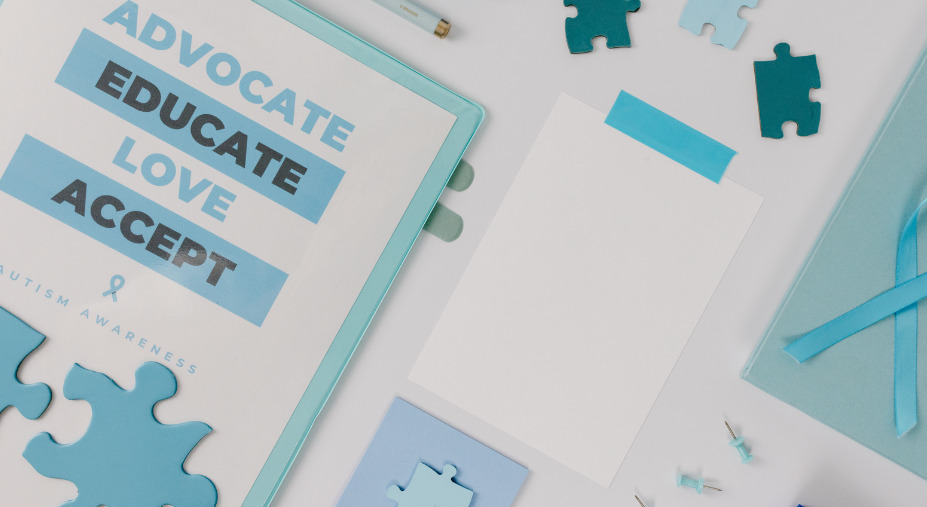
Autism spectrum disorder (ASD) is characterized as a developmental disability stemming from a combination of environmental and genetic or non-genetic influences. Children with ASD often have problems associated with social interaction or communication, in addition to different ways of paying attention, learning, and moving.
Since autism is a spectrum disorder, every child diagnosed with the condition possesses a distinct set of challenges and strengths. For instance, the manner in which individuals with autism think, learn, and solve problems may range from severely challenged to highly skilled and efficient. While some children with ASD may need intensive behavior intervention and support in order to complete day-to-day tasks, others will likely require relatively lesser support and, in some cases, can live independently as well.
Autism Diagnosis and Treatment
Diagnosing autism spectrum disorder (ASD) can be challenging since there exists no specific medical examination, such as a blood test, in order to identify the condition, according to the Centers for Disease Control and Prevention (CDC). As a result, physicians analyze the developmental and behavioral history of the child to make a diagnosis. In this regard, some of the common signs and indications of autism are:
- Unprecedented reactions to sounds, sights, tastes, smells, and touch
- Dependence on routines and rules
- Difficulty in maintaining eye contact
- Repetitive behaviors
- Minimal interest in pretend play
Also, it is crucial to note that a child with autism spectrum disorder will not demonstrate all symptoms, and the signs may also vary in intensity.
Autism care is highly effective when started early with younger children, such as infants and toddlers experiencing developmental delays. Children diagnosed with autism spectrum disorder also have the best chance of utilizing the majority of their abilities if they obtain appropriate therapies and interventions. Moreover, research indicates that early diagnosis and interventions for autism, such as before or during preschool, can have significant positive influences on symptoms and future skills.
Therapies for Autism Spectrum Disorder (ASD)
Presently, a standard therapy for treating autism spectrum disorder does not exist. However, studies have shown that medication is most functional when combined with behavioral therapies. Although various therapies have the potential to support children with autism, the treatment recommended for every child may differ based on personality, age, as well as a diverse range of abilities. It is also integral that autism treatment focuses on a child’s specific needs instead of the diagnostic label since an overlap in symptoms can emerge between ASD and other conditions, like attention deficit hyperactivity disorder (ADHD).
From understanding your child’s diagnosis to beginning a therapy program, there are several steps along the way. So, for starters, how do you choose from all the different therapies available for autism? Read on to find out –
-
Applied Behavior Analysis (ABA)
Considered a gold-standard treatment for autism and other developmental conditions, applied behavior analysis entails a type of therapy that can improve communication, social skills, and learning via reinforcement strategies. Applied behavior analysis for autism results in children communicating more effectively, learning to ask for things they want, showing more interest in those around them, and remaining more focused in school, among other developments. An added advantage of ABA therapy is that it can also be conducted at home. In fact, studies show that some children work best with in home ABA since they feel more comfortable and relaxed in an environment they’re familiar with.
-
Cognitive Behavioral Therapy (CBT)
Cognitive behavioral therapy for autism focuses on the connection between feelings, thoughts, and behaviors. It can also help children manage the challenges they face by helping them understand and recognize how their thoughts, behaviors, feelings, and emotions influence each other. Conventional CBT requires strong abstract thinking capabilities and linguistic skills. However, this can be challenging for children with autism. As a result, researchers have developed certain modifications to traditional behavior therapy, rendering it more ASD-friendly and making it more concrete, visual, and repetitive.
-
Early Intervention
As per research, early diagnosis and interventions for autism are more likely to have a positive long-term impact on ASD symptoms as well as future skill sets. Early intervention occurs at or before the child begins preschool, as early as 2 or 3 years of age. With early intervention, some autistic children make significant progress and are no longer on the autism spectrum when they are older. These programs typically include nutrition services, hearing impairment services, family training, and physical therapy as well.
-
Relationship Development Intervention (RDI)
Relationship development intervention teaches children with autism how to form bonds and fortify relationships with their parents, guardians, and other family members. Primarily recognized as a family-based therapy, the components of RDI for autism include social, psychological, and flexible thinking. While the child must learn to cope with difficult transitions, the parents also undergo training, thus becoming the child’s main therapist. At its core, RDI is a parent-led approach that concentrates on enabling autistic children to think flexibly, develop social skills, and learn to engage and build close relationships.
-
Speech and Language Therapy
Speech and language therapy plays a vital role in helping your child overcome social isolation while enhancing their understanding and use of communication. Often, it is also possible that a child with autism may have a comorbid diagnosis necessitating speech therapy. Here, it can be advantageous to integrate a therapy type that provides suitable treatments for both autism as well as the health condition. Speech therapy for autism can be highly beneficial; however, it may not be the most impactful strategy for children suffering from severe ASD.
-
Play Therapy
To many kids with autism spectrum disorder, playing is the way they best express themselves. In this regard, their actions, toys, and other play items become their words and manner of expression. Play therapy can significantly aid children with ASD connect with others, predominantly in a way they understand and feel comfortable with.
What’s Next?
As demonstrated, numerous therapies can help children with autism enhance and strengthen their abilities to the best of their potential and reduce their symptoms. Although beginning therapy early, either before preschool or during, greatly improves the chances for success, it is never too late to start treatment.
And at Early Autism Services (EAS), we prioritize just that!
The curriculum in our well-designed program combines decades of research as well as years of experience in applied behavior analysis in order to provide children and parents with the best possible results. So if you’d like to learn more about the autism therapy services we offer, get in touch with us right away.
To Summarize
Here are some of the most effective therapies for autism available today
- Applied Behavior Analysis (ABA)
- Cognitive Behavioral Therapy (CBT)
- Early Intervention
- Relationship Development Intervention (RDI)
- Speech and Language Therapy
- Play Therapy
Infants and toddlers experiencing developmental delays benefit greatly from autism treatment when started early. In addition, children with autism spectrum disorder are more likely to be able to utilize their abilities if they receive appropriate therapies and interventions.



